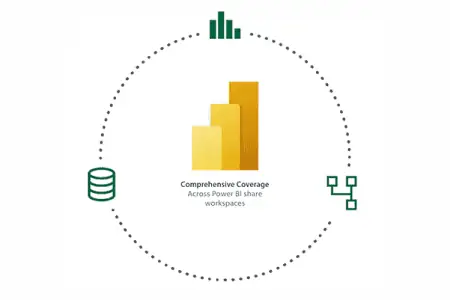
Unlocking the Secrets of Uninterrupted IT Operations: Demystifying High Availability and Disaster Recovery
In the challenging landscape of keeping your IT operations online all the time, understanding the contrasting methodologies of high availability (HA) and disaster recovery (DR) is paramount. Here, we delve into HA and DR, the dynamic duo of application resilience. Learn what they are, some benefits and drawbacks, and the reasons why you should embrace both when developing your highly resilient IT operations.
What Is High Availability?
High Availability is the ability of an application to continue to serve clients who are requesting access to its services. These services are hosted on nodes, which could be virtual machines, cloud instances, containers, or a combination of these types of technologies. There are two types of HA clustering configurations that are used to host an application: active-passive and active-active.
Active-Passive
An application running in an active-passive cluster consists of two or more nodes where the first node is in an active state hosting and servicing connection to the application for clients, and the others are in a passive or “standby” state. The standby servers act as a ready-to-go copy of the application environment that can be a failover in case the primary (active) server becomes disconnected or is unable to service client requests.
In the event of a primary server failure, processes running the services are moved to the standby cluster. This may take some time and runs the risk of service interruption to clients.
Active-Active
If downtime of an application is intolerable, then deploying an active-active cluster will provide higher levels of application availability. An active-active cluster architecture is actively running the same service simultaneously on two or more nodes. In doing so, an application can serve multiple clients access by load balancing. Load balancing is the distribution of workloads across all nodes in a cluster to prevent application overload. Since there are more nodes running the service for every client, there will be a drastic improvement in application response times. While this architecture can ensure that the application is always online, it comes at a cost.
In summary, the benefits of HA architectures are:
- Elimination of a single point of failure within the cluster
- Balance of application workloads across compute resources and scales clusters to accommodate increasing demand
However, there can be drawbacks:
- Time intensive—need to deploy multiple nodes to maintain the promise of consistent application uptime
- Performance issues—shared storage does not scale well for applications that require dedicated resources
- No orchestrated recovery—an application could come back online (or worse, scale to try and meet demands of a Distributed Denial-of-Service (DDoS) attack) in a corrupt state
Disaster Recovery Is a Key Element of Any Data Protection Strategy
DR ensures application availability and data uptime through replicating all components of an application, either locally or to a remote site. Failover is a part of the DR plan by providing both system and network-level redundancy. Failover ensures your business operations can continue with little or no downtime, even during a disaster or scheduled maintenance.
Strong DR solutions include:
- Continuous data protection—allowing whole sites, applications, and files to be recovered with only seconds worth of data loss
- Automation and orchestration—ensuring failover operations are as simple as possible by minimizing complexity and keeping manual tasks to a minimum
- Application consistency—ensuring whole applications are failed over together, from the exact same point in time, speeding up recovery and reducing complexity of recovery
- Non-impactful testing—allowing DR test failover to take place anytime, making sure systems are fully tested and SLAs are met
- Visibility and control—enabling organizations to fully understand and see what is occurring inside their data protection solution and gaining valuable insights with real-time data and historic reporting capabilities
Alongside deploying an application as an HA cluster, DR provides an extra layer of protection against unplanned outages due to versioning issues or exploited application vulnerabilities. In leveraging a DR solution, an HA application comes back online in an operationally stable state, usually seconds or minutes before an outage occurs. Once the application and its services are reappropriated, HA can be enabled at the recovered site to continue to serve client requests. In short, adding failover capability using DR adds an additional layer of data protection against potential application disruption.
In summary, a strong data protection strategy includes running HA and DR in tandem. Data protection safeguards critical information from corruption, compromise, or loss, while data recovery is the process of restoring data that has been lost, accidentally deleted, corrupted, or made inaccessible. Your strategy needs to be not only best-of-breed but interoperable and complimentary for both processes.
Interested in learning about more important DR terminology? Check out the A-to-Zerto Glossary of Terms!
 Anthony Dutra
Anthony Dutra 

